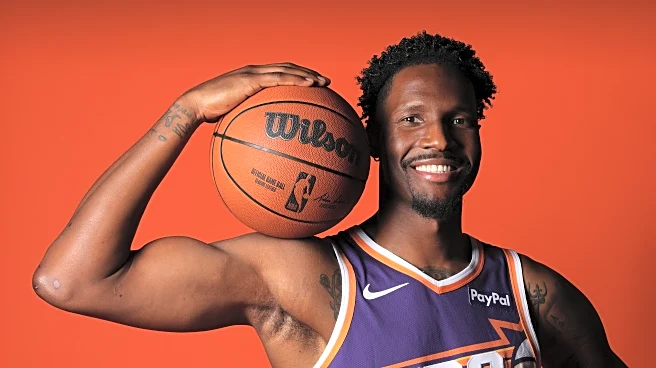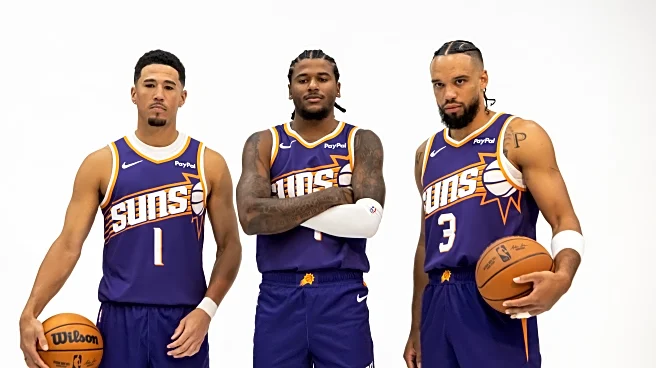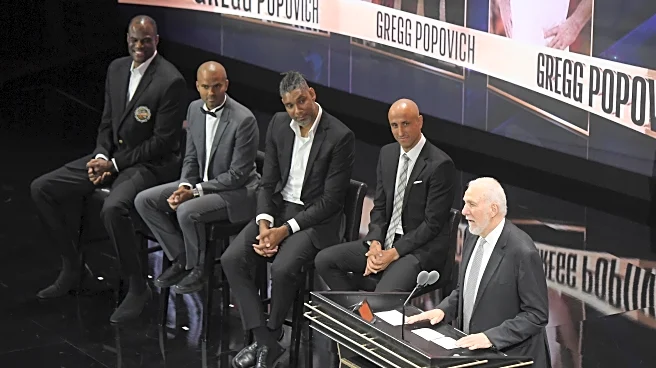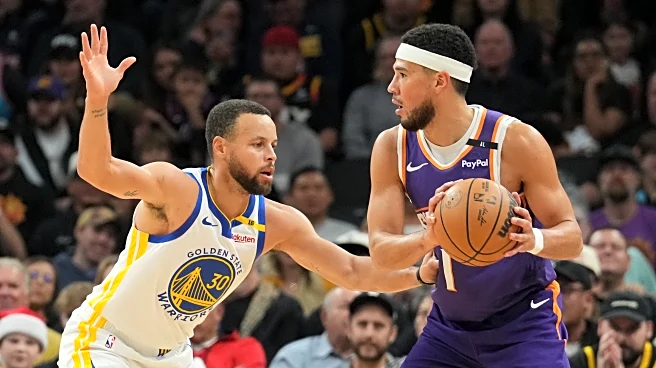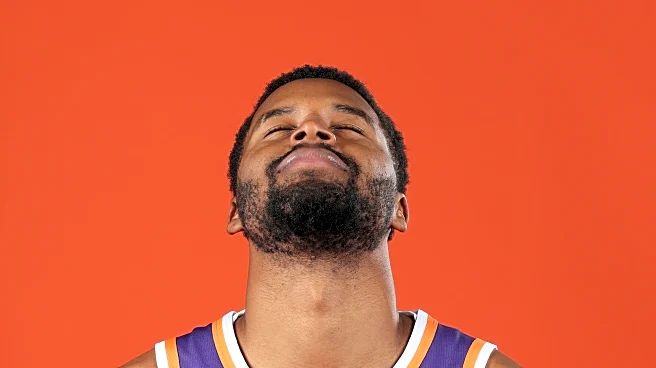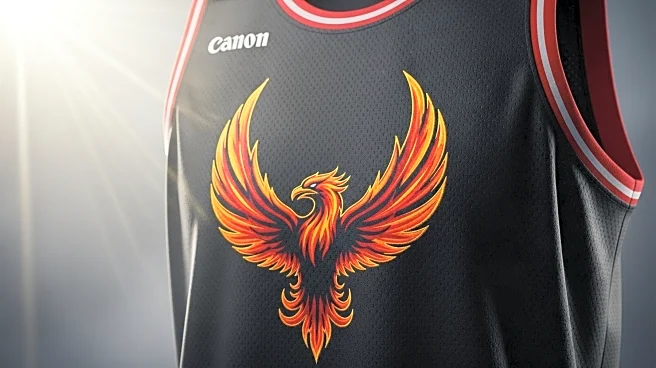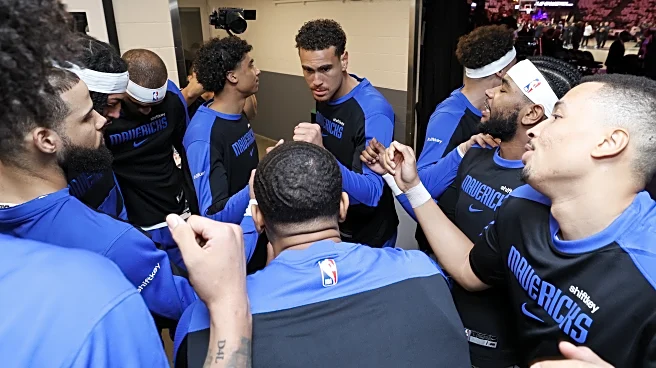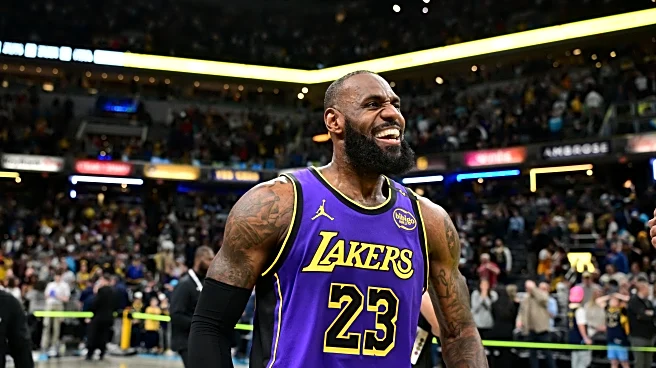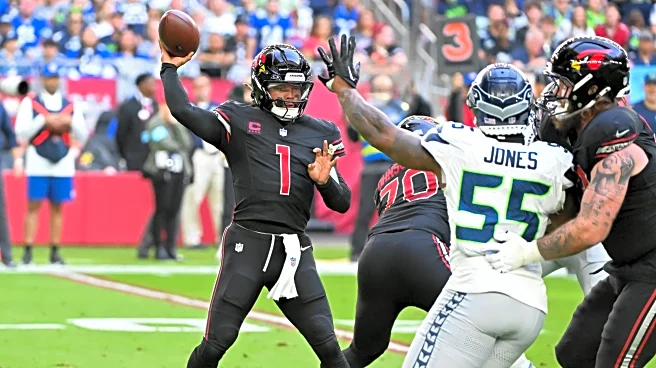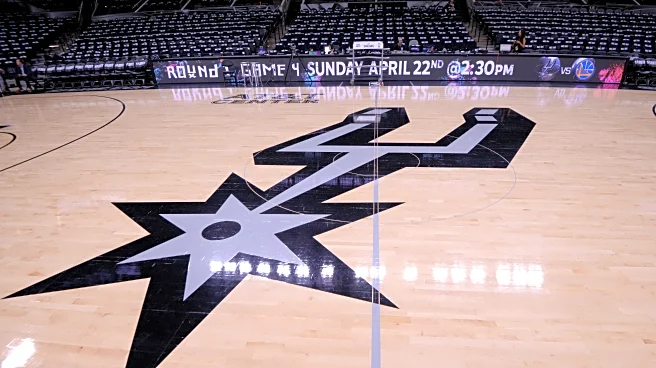After his role as a podcaster in “Mind The Game,” and his recruitment as an analyst for Amazon Prime, Steve Nash adds a third hat for the 2025-2026 season. On September 22, the Phoenix Suns announced the grand
return of their legend in a role as chief advisor. The perfect opportunity to relive together the best season of his career : 2006-07.
Run & Gun, Records and Masterclass
After two seasons of collective dominance, both ending at the doorstep of the NBA Finals (Spurs in 2005, Mavs in 2006), Steve Nash — two-time reigning MVP — Amar’e Stoudemire, Shawn Marion & Co. begin this new chapter of 06-07 with a lot of ambition and determination. The objective was clear: to return the Suns to the NBA Finals for the first time in nearly fifteen years.
The Suns start off strong; by the end of January, no team seems able to stop them: Phoenix comes off 33 victories in their last 35 games, a franchise record of 17 consecutive wins (which was surpassed in 2021), and a record of 36-8 at the beginning of this new year 2007.
The verdict is clear: D’Antoni’s “7 seconds or less,” is far too powerful, too collective, fast, and dominant for the regular season (110.2 points scored per game and an offensive rating of 112.9).
The deadly weapon of this aggressive tactic is, of course, Steve Nash, who once again for the third consecutive season had a PHENOMENAL year: 18.6 points, 11.6 assists on average (the first player since Magic with over 18 points and 11 assists) and the best offensive rating in the league (116.7).
Symbolizing this total mastery, he likely plays the best game of his career on December 7, 2006, against the Nets. In a completely wild game that ends with a score of 161-157 for Phoenix after two overtime periods, the point guard scores 42 points, grabs 6 rebounds, and dishes out 13 assists, shooting 64% from the field, 86% from three-point range, and 80% from the free-throw line, for a Game Score of 38.6. This performance alone encapsulates the offensive explosion of the Suns that season.

But despite this demonstration, the Canadian will not join Russell, Wilt, or Bird in the pantheon of consecutive triple MVPs. The blame lies with Dirk Nowitzki, dominant with his 24.6 points and 9 rebounds, leading Dallas to the best record in the league (67-15). Nash must settle for a second place in the voting, a new All-Star selection, and a spot on the All-NBA First Team.
Statistically and in reality, this may be one of the best individual seasons in history — this mix of impact, efficiency, and cleanliness is almost unprecedented at this volume. For proof, when Steve Nash was on the court, the Suns scored an average of 11 more points and had an eFG% of +7.2% over 100 possessions.
We are also talking about a season with a +120 TS+, +65 TS%, and 50% Ast% for only 23% usage. This is in the same world as Steph Curry in 2016, Chris Paul in 2008, or even James Harden in 2018. Steve Nash in 2007 is undoubtedly — from his perspective — the prototype of the perfect modern playmaker. Everything seemed aligned for Phoenix to finally rediscover that sweet taste of the NBA Finals…
Gold and Shadows
The Suns approach the 2007 playoffs with the euphoria of a successful regular season and the ambition to finally break through the Western barrier. The start is radiant: a first round against the Lakers won with mastery (4-1), a symbol of a team at the top of its game.
Kobe’s crew was far too weak to compete with this juggernaut; everyone contributed to this victory. Amar’e Stoudemire first with 24 points and 14 rebounds per game — Shawn Marion next with his complete Game 5 to finish the series — Boris Diaw on a true defensive mission against Kobe Bryant (like in Game 2 where the Frenchman limited him to just 15 points) — Leandro Barbosa exploded in this series, between his ability to provide scoring and spacing, the Lakers seemed to have no solution against the 2007 6MOY.
And of course, Steve Nash, who, as for the past three years, was at the center of everything in this Phoenix offense. The relentless tempo imposed by the point guard and the precision of his passes (23 assists in Game 4) allowed his teammates to benefit from a constant stream of opportunities, to the point of overwhelming a defense that was far too slow.

Everything is going perfectly for the Arizona franchise: easy victory against the Lakers and the Mavs are eliminated by the Jazz. The path is clear, the title is within reach, but they will have to surpass the Spurs in the conference semifinals to achieve it.
Once again in this 2000s decade, fate pits the Texans against the Suns. The rivalry is well-known, almost written in advance: each game is a battle of adjustments, each star responds to the other. Game 1 sets the tone, with an imperial Tony Parker-Tim Duncan duo (30+ points each) allowing the Spurs to strike first. But Phoenix does not let itself be intimidated: in Game 2, Nash dishes out 16 assists and Stoudemire dominates his opponents with 27 points and 9 rebounds, tying the series.
Game 3, played in San Antonio, turns into a physical confrontation. The Spurs toughen up, Ginóbili brings flashes of genius off the bench, and the Suns fall despite Stoudemire being unstoppable in these playoffs. Everything seems to point to a 3-1 lead for Texas, but Game 4 revives everything: Phoenix snatches a last-minute victory after a masterful fourth quarter won 32-18. In this final act, Steve Nash was involved in 75% of the baskets scored, concluding this offensive masterclass from the Canadian: 24 points, 15 assists, 61 AST%, and 77 TS%.
But this triumph on the court turns into a nightmare in the hallways… An altercation at the end of the game triggers a chain of events that will haunt the Suns for years. Amar’e Stoudemire and Boris Diaw hastily leave the bench, an action prohibited by the rules in this context. The league’s verdict comes down: automatic suspension for Game 5. Deprived of their top scorer and their defensive swiss army player, the Suns watch their dream of an NBA title falter…

D’Antoni’s crew will give it their all, but unfortunately, they will lose the last two games of this series. And to further emphasize this bitter taste of frustration, these two defeats will be decided in the Money Time. You know the rest: the Spurs will easily secure a third NBA championship in six years to further enhance their legacy. On the other hand, the Suns will take a couple of years to recover from this event, which ranks as one of the biggest what-ifs in history.
Yet, amid this storm, our Canadian protagonist never gives up. He finishes these playoffs with numbers worthy of an MVP: 19 points and 13.3 assists on average, surgical accuracy (48.7% from three-point range, 57% TS, 107 TS+), all accompanied by elite overall efficiency (21.9 PER, +5.2 BPM). A sign of his consistency, he dishes out more than 10 assists in 10 of his 11 games. But while these figures reflect the greatness of the player, they cannot hide the injustice and bitterness of a title opportunity that slipped away…
Scars as Heritage
We return to 2025, and Steve Nash has not joined the Suns to be a coach or general manager, but rather to be a guide, the voice and the mind that will help this new generation of players, passing on the principles that made him the talent he was: teamwork, intelligence, pace, cleanliness, and the will to win. Mat Ishbia did not hide his enthusiasm for long :
“I am thrilled to announce that Steve is becoming a senior advisor with us. He will help define our future for many years. Steve Nash was an exceptional player. He perfectly embodies the Suns with his willingness to roll up his sleeves and his winning spirit.”
His arrival aligns perfectly with the new direction taken by Phoenix, and the desire to move away from the star system and individualism to prioritize and get closer to a strong cultural and collective identity. Steve Nash will try to make his experience a living legacy, all while reminding that a team—especially in Phoenix—can make history without necessarily lifting a trophy. In this quest to give the Suns back their soul, Nash appears to be the ideal man to embody this role of mentor and shape the future of the franchise.
In 2007, Steve Nash came close to the peaks with a team built on D’Antoni’s famous “7 or less” philosophy before watching his dream fade away in pain. In 2025, he returns not to write history with the ball in hand, but to pass on these values to a new generation. Because, in the end, the greatest heritage of a player is not just what he has won, but what he inspires in those who come after him.

